30 “Need to Know” Enhancements in BMC Remedyforce Spring 15 Release
By Kedar Zavar, Senior Consultant, Cloudaction
Another great Remedyforce release is now available for self-upgrade and will soon be rolled out universally. The Remedyforce Spring 15 release promises to be one of the best releases yet, with a sharp focus on significant efficiency and usability gains around Service Requests and CMDB. Below is a quick overview of 30 “need to know” Spring 15 enhancements, their key business value, and why you will love them.
1. List Service Requests separately on the Remedyforce Console.
Key Benefit: Staff can easily differentiate and manage Incident and Service Requests effectively. Incidents and Service Requests are listed separately, so creating a Service Request from the console is easy, more flexible and with no annoying pop-ups.
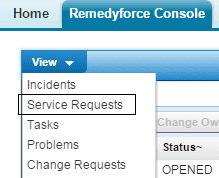
2. Smart Suggestions (BETA).
Key Benefit: Knowledge articles, templates and broadcasts may be automatically suggested based on record description and category. This makes it simple to apply relevant templates, broadcasts, or knowledge articles without extra clicks, manual searching or opening separate screens.

3. Edit Service Request definitions after submission.
Key Benefit: The end user or staff can edit Service Requests that have not been submitted for approval and which do not have linked tasks or change requests. This is ideal for scenarios where the Service Desk may need to review/modify the request parameters prior to approval or workflow.
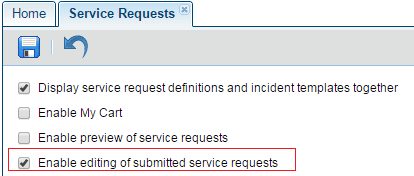
4. Track child tickets or task status through self-service for specific Service Requests.
Key Benefit: End users can view the status of linked tasks through self-service and track the overall progress of a request rather than waiting for a call or email response from the Service Desk to determine status. This is a major improvement for client visibility into Service Requests with complex or time-consuming fulfillment activities.

5. Required fields on the Service Request form are distinguished by a red alert line and detailed validation messages are displayed.
Key Benefit: End users do not have to stumble their way through the form to determine which field was required. This is particularly useful when maneuvering large input forms.

6. Display Service Request listings under the parent category.
Key benefit: Ease of navigation for the end user with a simple and useful listing of Service Requests available on the portal. At any layer of the tree, users will now be able to see the Service Requests for the selected category and all children.

7. Require an attachment on Service Request definition forms.
Key benefit: This feature provides an option to require an attachment in situations where a signed document, spreadsheet, or additional details must be attached to process the Request.

8. Rich text input type field support in Service Requests.
Key benefit: Users may include images or formatted text (URLs, numbered lists, etc.).

9. “On Behalf Of” feature simplified.
Key Benefit: Options now include giving access to all users or based on all users within the same account apart from a native role-based model. This is a brilliant feature for MSPs and others who support multiple customers or groups aligned using Account.

10. Lock records.
Key Benefit: Provides an option to lock a record, prohibiting simultaneous edits with manual and automatic options available.

11. Rich text available for email conversation.
Key Benefit: The email conversation feature is taken to the next level by maintaining the formatting of emails as well as any embedded images as shown below.

12. Make Queue inactive.
Key Benefit: Administrators can mark the queue inactive while maintaining historical data. This resolves a major pain point for admins dealing with organizational changes.
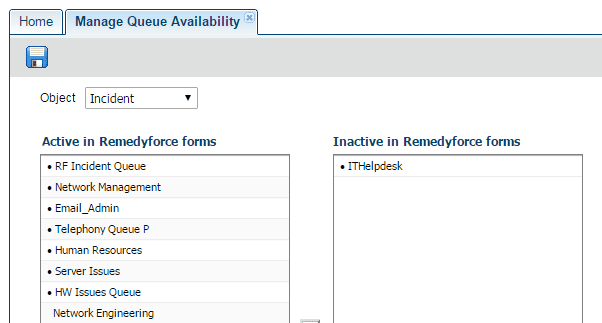
13. Populate Manager IDs in Pentaho.
Key Benefit: Now you have the ability to update Manager IDs from AD using the Pentaho package, a feature that can be very helpful when establishing approval processes.
14. Clone Service Request input fields.
Key Benefit: If you’ve ever faced the daunting task of adding the same or similar fields repetitively on Service Request forms, you will appreciate this enhanced feature that allows you to clone input fields and only make required changes.
15. Service Request Entitlements based on Permissions.
Key Benefit: Use Permission sets for Entitlement options and to show and hide forms on self-service. Previously, this was one of the few things in Remedyforce that had to be set at profile level.
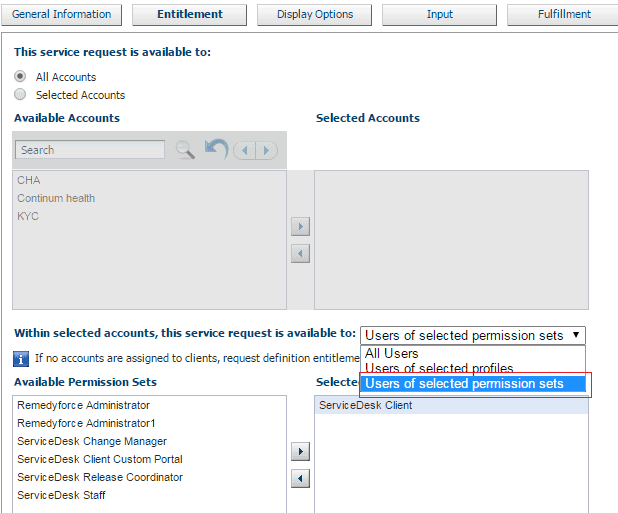
16. QuickViews now respect NULL in conditions.
Key Benefit: This enables you to simplify queries in QuickViews.
17. Disable bulk updates on the Remedyforce Console.
Key Benefit: Administrators can now disable bulk updates on records on a per-module basis instead of making bulk updates an all-or-nothing decision.
18. Improved search features in CMDB.
Key Benefit: Users can quickly search any available classes by typing the name.
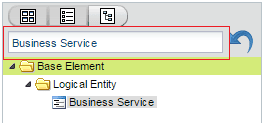
19. New CI Explorer design.
Key Benefits: The new CI Explorer is based on HTML and JavaScript, eliminating the dependency on MS Silverlight and improving performance.
20. Analyze Impact feature of CI.
Key Benefit: The Analyze Impact feature displays all the CIs impacted by change to the CI selected source.

21. View CI details from CI Explorer.
Key Benefit: This eliminates the hassle of toggling between views now that all related information is visible from the CI Explorer.
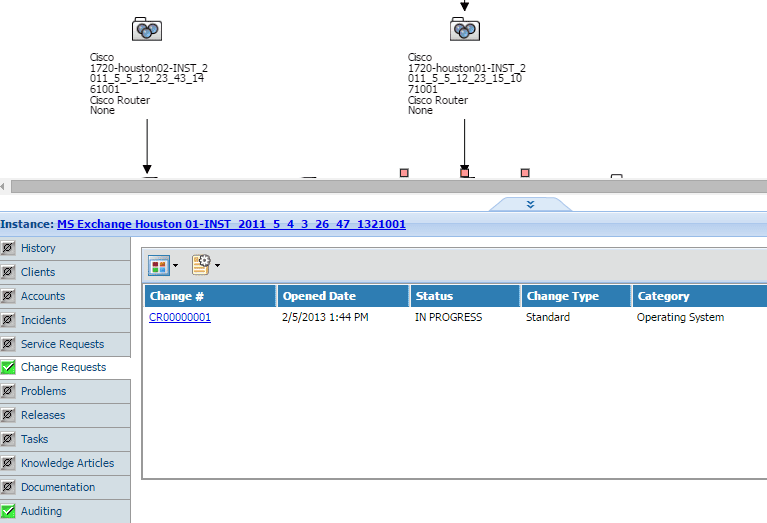
22. View linked tasks to CI under Details.
Key Benefit: Related tasks can now be observed within the same Details window.

23. Multi-record edit mode view for CMDB.
Key Benefit: Similar to the updating feature in Excel, users may edit records in this view easily instead of updating the required CI individually and also filtering based on criteria to obtain a specific list.

24. Create custom classes with new icons using an easy to configure interface on the Administration tab.
Key Benefit: Classes are displayed more distinctly and are therefore easier to use.
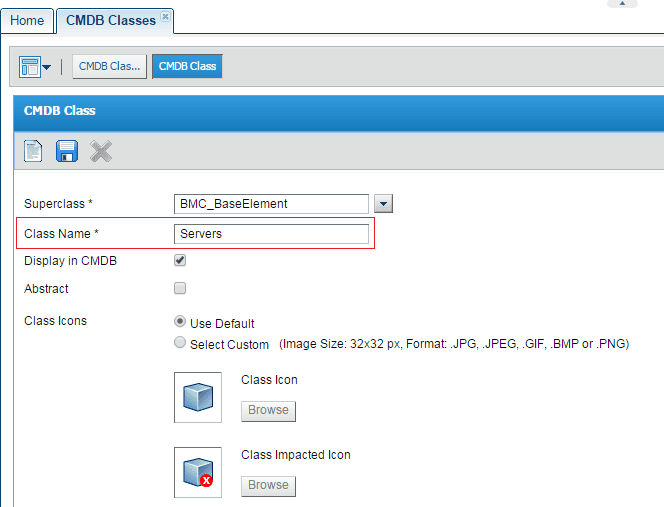
25. Hide unwanted CMDB classes.
Key Benefit: The administrator can hide unwanted CI classes from the UI. For the vast majority of organizations only using a handful of classes, the ability to hide dozens of unused classes is a significant improvement to the user experience.
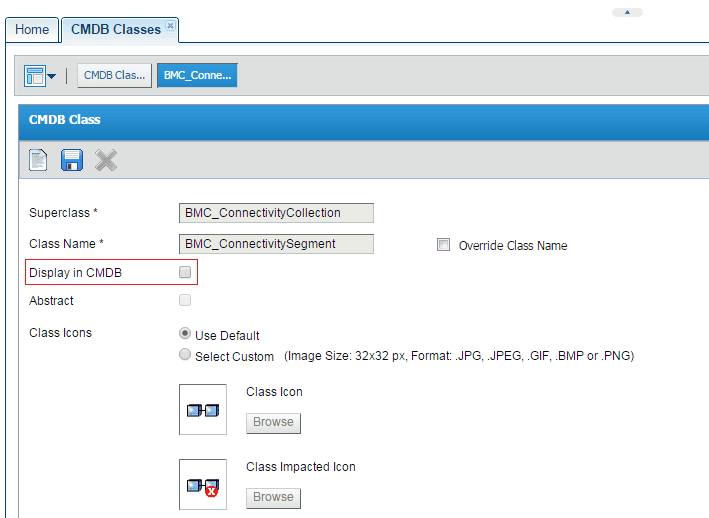
26. Rename CMDB Classes.
Key Benefit: Prefer to display a different name for that CI class? Now you can.
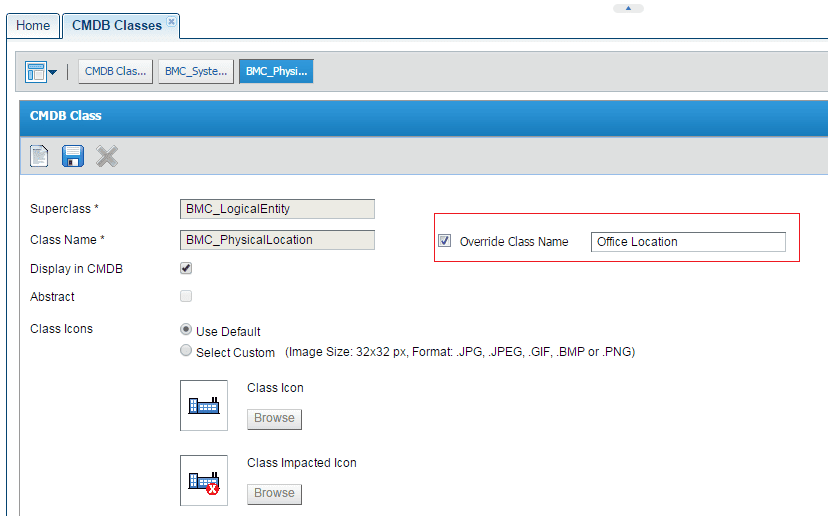
27. Navigate from Relationship to CI Details.
Key Benefit: Open related CI Details with a click from the Relationship tab.
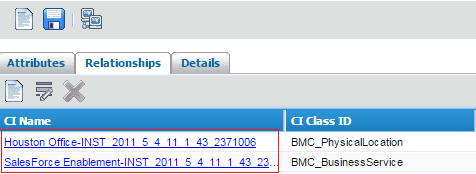
28. Customize CI Explorer settings.
Key Benefit: Customize the “mouse move over tool” tips and labels.
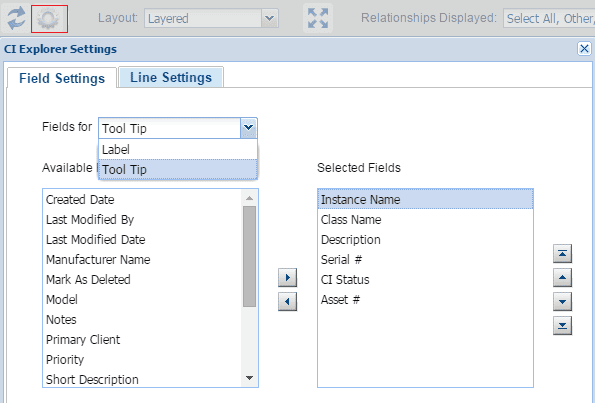
29. Additional Reports added.
Key Benefit: More detailed OTB reports are available. Here are a few:
- Closed Incidents by Queue
- Incident Resolution Average Time
- Open Incidents by Owner
- Incidents with a First Call Resolution
- Incidents assigned more than twice
- Incidents by SLA Status
- Incidents with Incorrect Assignment
30. Add multiple values at one time for Pick List and Radio Buttons input type fields.
Key Benefit: Ease of administration while creating Service Requests with large pick lists or radio button values. Any admin that had to put a spreadsheet or document full of values into a Service Request definition will be delighted by this huge time-saver. Now, you can just copy and paste the entire set of values.
At Cloudaction, our goal is to help you get maximum value from your Remedyforce experience. We welcome your comments and suggestions. Please don’t hesitate to contact us at 1-844-2CLOUDA (1-844-225-6832) or via Ask Us NOW!, a complimentary service from Cloudaction to provide expert answers to your product capability, functionality, and implementation questions. We promise to respond to your inquiry or question within 24 hours.
